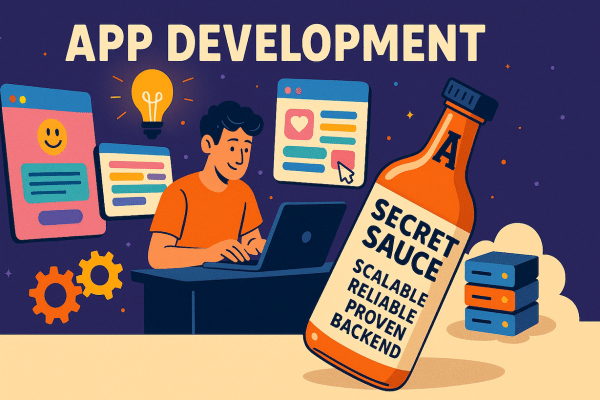How to Create Custom Mapping Between Data Tables and Client Classes
In another post, we describe how data tables in Backendless map to the client-side classes whose instances contain persisted data objects. However, there are scenarios when the default mapping is undesirable. In that case, Backendless client libraries provide an API to override the mapping.
How to Load the Last Object From a Data Table Using API
In another article, we wrote how to load the first object from a data table using API. For the purpose of symmetry (and out of common sense), there is also an API to load the last object from a data table in your Backendless Database. The last object is determined by the time when it is…
How to Declare a Relationship Between a Data Table and Geopoint(s)
Data objects in Backendless can be connected to related properties not only in other tables, but also with Geopoints. These relationships may be declared programmatically or using Backendless Console. In this post, we will review the process of declaring a Data-to-Geo relationship in a data table schema.
How to Add the Backendless Library to Java Projects From Maven
Whether you develop with IntelliJ IDEA, Eclipse, or Android Studio, the Backendless library (jar) for Java/Android must be referenced as a dependency. The library includes all the APIs that provide access to the backend functionality. The library is deployed to the centralized Maven repository, which makes it easy to import it to any Backendless-powered app.
How to Set Up Sample Geolocation Data (Geolocation Introduction)
Geolocation is one of the most powerful features of Backendless. The geolocation service provides APIs for storing, searching and managing geolocation data. There are three main elements that the geolocation service operates on: geocategories, geopoints, and points metadata.
How to Use CodeRunner – Cloud Code Utility
In a previous post, we described how to use the custom business logic code generator to create Backendless timer code. The previous post left off at the step when the Backendless Console created the code.
How to Create a Cloud Code Timer in Backendless Console
In a previous post, we wrote about Backendless server-side timers – blocks of code which run on a pre-defined schedule. A timer is a Java class and can be created by hand. The most tedious part is figuring out the scheduling definition. Currently, this is done by declaring the timer’s schedule through a JSON object…
How to Add Data Objects Using Backendless Console
Backendless database provides a very simple, but powerful API for storing, searching, updating or deleting application objects. The “feature 1” post demonstrates how to save objects with relations in Backendless using the APIs.
How to Use Message Selectors for Conditional Delivery in Pub/Sub Messaging
Another article we wrote gave an introduction to Backendless pub/sub messaging which included a sample for broadcasting and receiving messages. Today we are going to show how to use Backendless messaging for conditional message delivery.
